Fruits that start with F are full of fascinating options that will please any fruit lover. Forget familiar faces like figs (though they are at the top of this list); as you scroll down, you will learn about many exotic fruits, such as Florida strangler figs and farkleberries.
Many fruits in this compilation stand proudly among the most well-known foods whose names begin with F. Discover their features, and your knowledge of good food will significantly increase.
Continue reading for information about the most famous 10 F-named fruits. Then, I will give you a bonus section on vegetables that start with F.
10 Fruits That Start With F With Filter
Read on to discover 10 fantastic fruits with F at the start of their name, which are ranked in order of popularity. Make your experience smoother with interactive filters, which concern fruits for dishes, beverages, garnish, and exotic fruits.
Fig
- Exotic
- For Dishes
Fig, also known as common fig, is a popular fruit belonging to the false fruit (multiple fruit) category as it consists of numerous flowers and seeds. The fig tree has no visible flowers since its flowers bloom inside the fruit.
Originating in West Asia, figs are among the oldest fruit crops in the world. They thrive in temperate climates and are harvested twice a year, with the main crop in the fall and a smaller crop in the spring.
A typical fig has a plump, pear-shaped body and a soft, chewy texture, containing a lot of honeyed sweetness and some nuttiness. Fresh figs are highly perishable, so they are usually dried and eaten as a snack or used in salads, jams, desserts, and spirits.
Filbert
- For Dishes
- For Garnish
Filbert is the European name for the hazelnut, which is the fruit of the hazel tree. Often consumed for its rich nuts, it is widely used in the temperate regions of many European countries, with Turkey, Italy, Greece, and Spain being significant producers.
Each filbert has a round to oval shape and a hard shell encasing the edible nut, which tastes sweet and nutty. The nuts can be eaten raw, roasted, ground into a paste, pressed into oil, or used in confectioneries, such as chocolates and praline.
So why are hazelnuts known as filberts in Europe? The English believe that the hazelnut reaches its maturity about August 20th, which is the same day as the feast day of the French saint Philibert, hence the connection.
Feijoa
- Exotic
- For Beverages
Feijoa, also known as guavasteen or pineapple guava, is a tropical fruit indigenous to many parts of South America, such as Argentina, Brazil, Uruguay, and Paraguay. It has an egg-like shape and a lime-green skin with a soft, juicy pulp inside.
When you eat a feijoa, it feels like you’re eating pineapples and guavas at the same time. Cut the fruit in half, scoop out the pulp inside, and enjoy this unique blend of sweetness and tartness.
Feijoas have been introduced to tropical regions around the world since the 19th century, so you can find them outside South America.
Finger Lime
- Exotic
- For Beverages
- For Garnish
Finger lime is an exotic citrus fruit with an elongated shape that resembles a finger. It is native to Australia, especially the rainforests of Queensland and New South Wales, and has long been used by the indigenous people.
The skin of a finger lime comes in shades of green, yellow, purple, pink, or black. Its interior is filled with small, juicy, caviar-like vesicles that pop in the mouth, so this citrus fruit is also known as caviar lime.
Finger limes boast a tangy and refreshing taste with some herbaceous notes. Considered one of the world’s most expensive citrus fruits, they are a gourmet ingredient for dishes, cocktails, and desserts.
Florida Strangler Fig
- Exotic
- For Dishes
Florida strangler fig, also known as golden fig, is a fascinating fruit mainly found in Florida (the US) and parts of the Caribbean and Central America. It is mainly available in its home regions and isn’t very popular in other places.
Florida strangler figs are available year-round, but they are at their most abundant in spring and summer. Ranging from red and burgundy to orange and purple in color, these fruits have a mildly sweet taste and can be eaten raw.
Historically, Florida strangler figs were consumed by Native Americans and early settlers. Nowadays, they are a reliable source of food for various wildlife species.
The interesting name “strangler” comes from the growth habit of this fig tree, as the seedlings grow on other trees and gradually envelop them.
Flatwoods Plum
- For Dishes
Flatwoods plum, also known as sloe plum or hog plum, is a plum fruit mainly found in the southeastern US. It thrives in the sandy soils of flatwoods (low-lying dry woodlands).
The flatwoods plum produces fragrant, purple-red flowers in spring, which develop into fruits and ripen in summer. These fruits are dark purple or black and have a tart, slightly sweet flavor, making them ideal for jellies, preserves, and fruit wines.
Americans usually grow flatwoods plums in plant gardens and restoration projects due to their adaptability, attractive appearance, and tasty fruits.
Five Flavor Fruit
- Exotic
- For Beverages
Five flavor fruit, also known as magnolia berry or magnolia vine, is a red berry fruit indigenous to East Asia and the Russian Far East. True to its name, it is the only fruit to contain five main flavors: sweet, salty, bitter, sour, and pungent (spicy).
As a fruit that grows on vines, the five flavor fruit often appears in temperate zones, particularly in shaded, forested areas. Late summer is its main season.
Locals usually consume this flavorful fruit in its dried or powdered form or as an extract in teas, supplements, and herbal concoctions. The five flavor fruit has long been a vital ingredient in traditional Chinese medicine.
Farkleberry
- Exotic
- For Dishes
Farkleberry, also known as sparkleberry, is a berry fruit indigenous to the US, once consumed as a food source by Native Americans and early settlers. Its season is in the summer when small black fruits grow on the branch.
Farkleberries bear a strong resemblance to tiny blueberries, and they have a similar blend of sweetness and tartness, too. While not as popular in mainstream cuisine, farkleberries are still a tasty ingredient for special jams, jellies, and pies.
False Jaboticaba
- Exotic
- For Beverages
- For Dishes
False jaboticaba, also known as blue grape tree, is a thick-skinned berry fruit of Central and South American origin. It shares similarities with the true jaboticaba (the Brazilian grape tree), including the way the fruits develop directly on the trunk and branches.
In their ripe form, false jaboticaba boasts a grape-like appearance, with a deep purple or almost black color, and a sweet, tangy flavor reminiscent of berries and plums. These berries can be consumed fresh and made into jellies, wines, and liqueurs.
Thanks to their visually appealing fruits and striking growth patterns, false jaboticaba has great value as an ornamental plant.
False Mastic
- Exotic
- For Beverages
- For Garnish
False mastic, also known as yellow mastic, is an orange or yellow berry fruit endemic to Mexico, Central America, and the Caribbean. It has long been part of the indigenous diet, though the hard, durable wood of the tree proves to be even more valuable.
False mastic fruits offer a sweet and somewhat tart flavor, making them an interesting choice for eating fresh or incorporating into desserts and beverages. Despite their limited use in cooking, more and more food enthusiasts are experimenting with them.
I have just given you an overview of the most popular F-named fruits Mother Nature has to offer. As promised, I will provide you with a concise list of well-known vegetables that start with F.
I have just given you an overview of the most popular F-named fruits Mother Nature has to offer. As promised, I will provide you with a concise list of well-known vegetables that start with F.
What Are Well-known Vegetables That Start With F?
If you’re looking for F-named vegetables to add to your meal rotations, check out the following options.
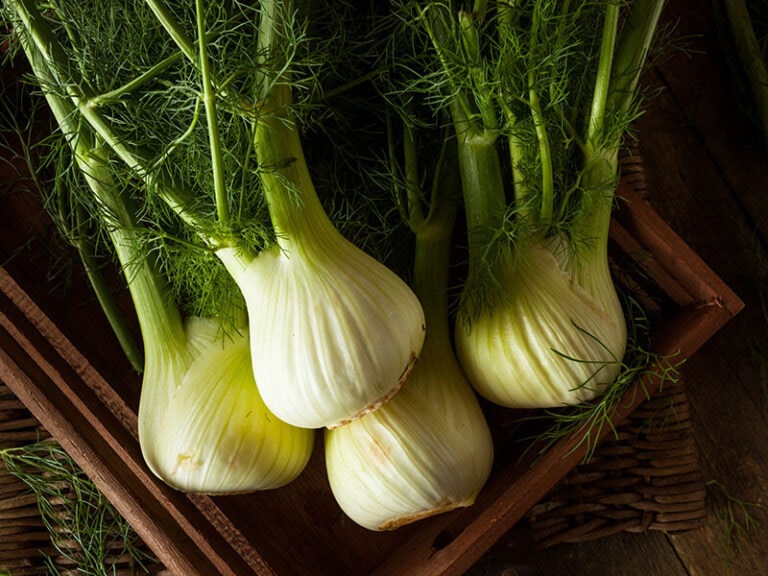
Fennel
Fennel is a versatile and aromatic vegetable with many edible parts, including the bulb, stalk, leaves, and seeds.
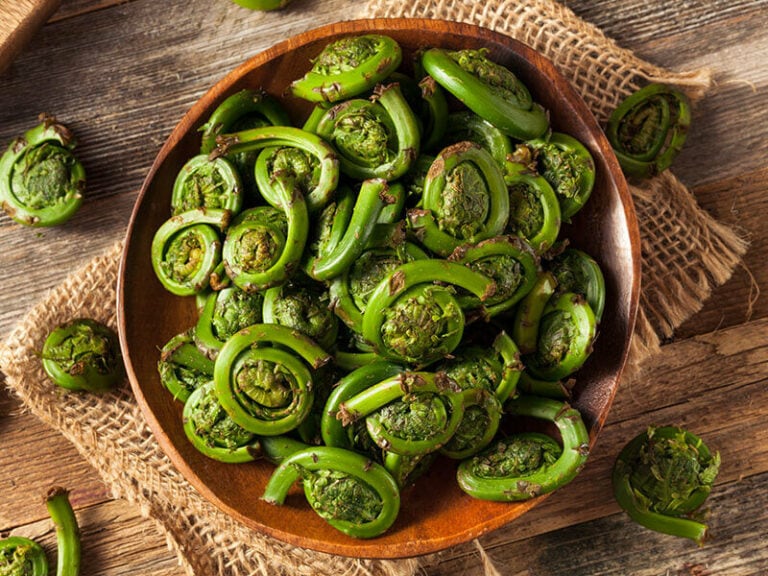
Fiddlehead Fern
Fiddlehead fern refers to the edible fronds of a young fern. It is a nutritious ingredient that must be cooked first to remove its toxins.
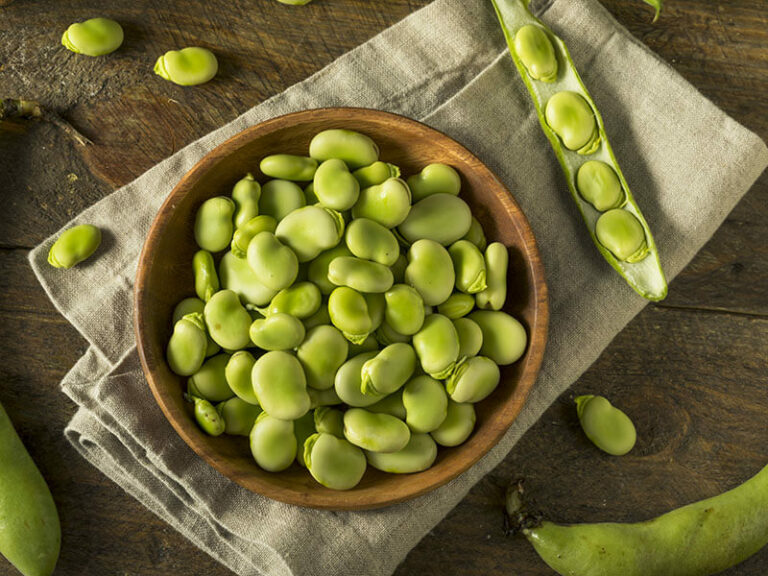
Fava Bean
Fava bean, also known as broad bean, is a legume variety with a flattened shape, large, inedible pods, and a creamy, nutty flavor.
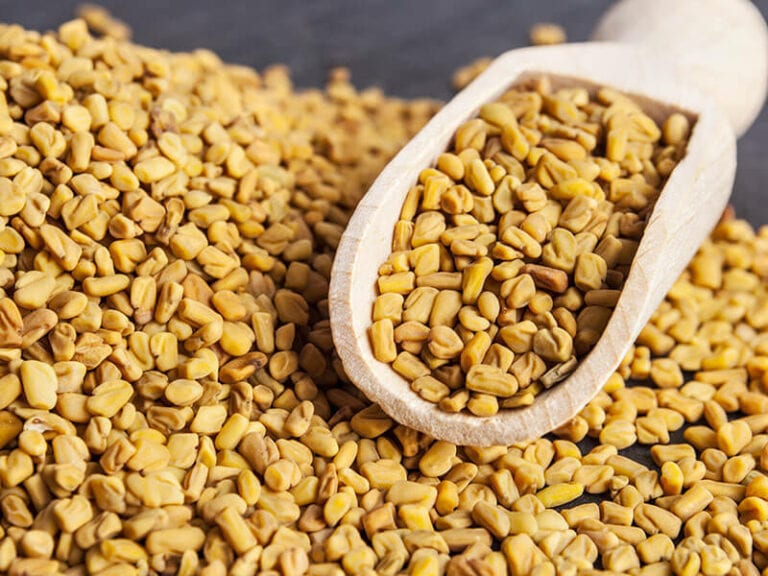
Fenugreek
Fenugreek is a leafy vegetable with a nutty and fairly bitter taste. Its small yellow seeds are also edible.
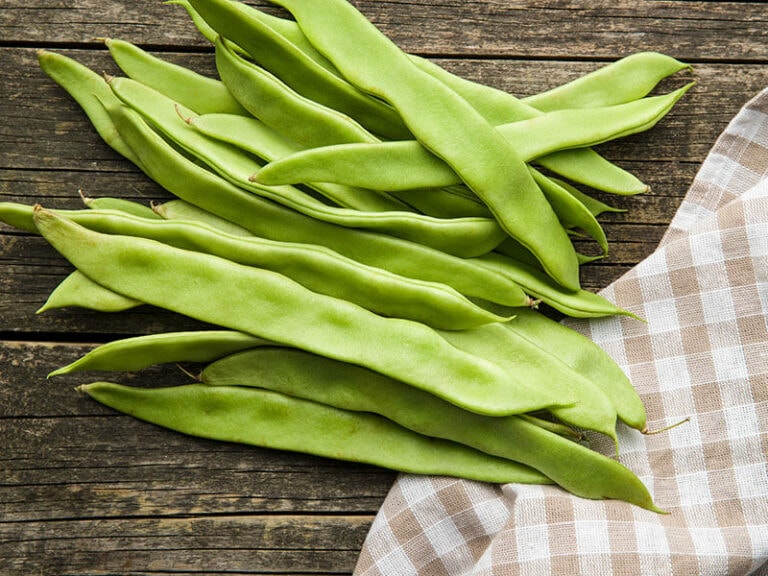
Flat Bean
Flat bean is a green bean variety characterized by its long and flattened shape, tender texture, and sweet, refreshing taste.
Do those vegetables seem a bit too familiar to you? Read this comprehensive list of F-named vegetables for more interesting options.
Let’s get back to F-listed fruits; what do you think of my recommendations? Do you have any great fruit to suggest to other readers? Don’t hesitate to let me know in the comment section.
Before you go, make sure to spread the word to your friends about this fascinating list! And don’t forget, if you’re curious about other fruits, check out fruits from A to Z right below.

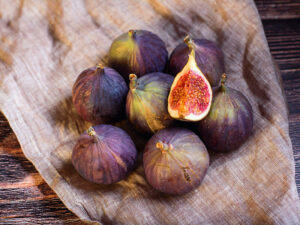
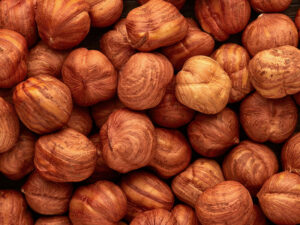
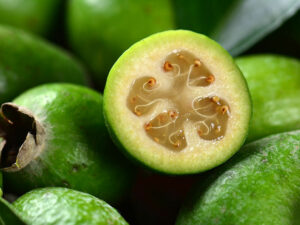
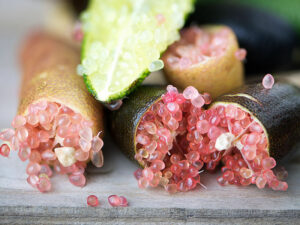
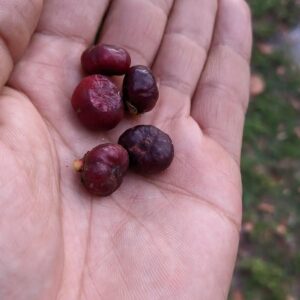
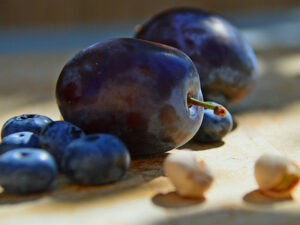
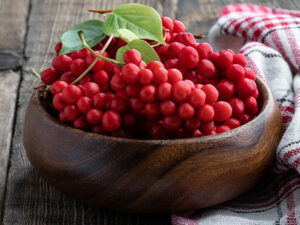
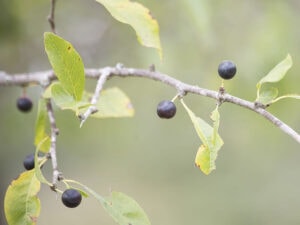
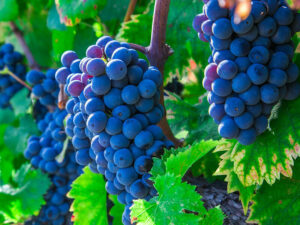
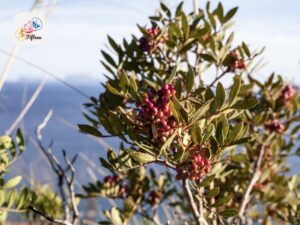
Jamie Scott
Editor in Chief, Senior Content Writer
Expertise
Home Cooking, Meal Planning, Recipe Development, Baking and Pastry, Food Editor, Cooking-video Maker, Western Food Evaluation Expert
Education
Le Cordon Bleu College of Culinary Arts
Local Community College, New York, NY
Jamie Scott is a skilled culinary expert and content creator specializing in Western cuisine. With over 15 years in the culinary field and formal training from Le Cordon Bleu, Paris, Jamie deeply understands how to blend nutrition with delicious flavors. His passion for cooking matches his commitment to making healthy eating accessible and enjoyable.
On Fifteen.net, Jamie brings a fresh perspective to classic dishes and beverages, offering readers insightful recipes, cooking tips, and a fresh view on meal planning that emphasizes taste, health, and simplicity.